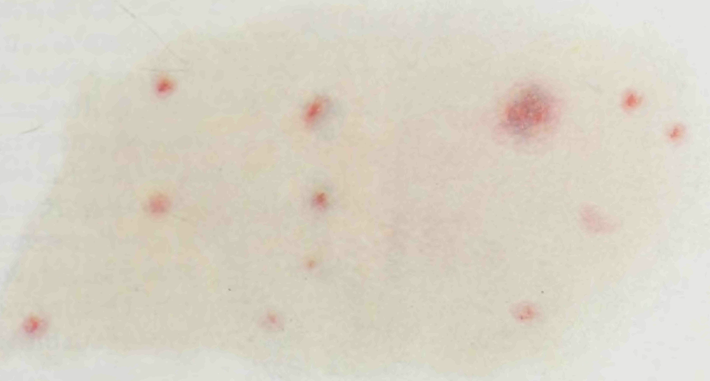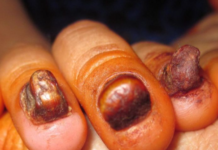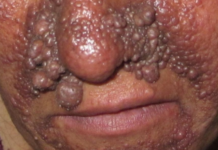Aches and dry cough are common symptoms of coronavirus but now skin conditions have been added to the list of markers for identifying the infection.
Earlier this year, a hospital in Italy became the first to report COVID-19 patients with skin symptoms. In a group of 88 patients, 20 percent developed skin conditions, with erythematous rash being the most common. A few developed hives and one patient had blisters similar to chickenpox. A little less than half the group had been experiencing rashes since the beginning of their sickness.
At a medical center in Bangkok, a COVID-19 patient’s symptoms were initially confused with dengue because they had developed petechiae, a rash commonly associated with serious viral and bacterial infections. When the patient later started experiencing respiratory problems, they were finally diagnosed with COVID-19.
Randy Jacobs, MD, an assistant clinical professor of dermatology at the University of California Riverside, is confident that skin changes are likely to be presented in tandem with other COVID-19 symptoms. “COVID-19 can feature signs of small blood vessel occlusion. These can be petechiae or tiny bruises, and transient livedoid eruptions,” he said.
Dr. Jacobs saw first hand how dermatologic symptoms can make for a confusing COVID-19 diagnosis. He had one 67-year-old patient who seemed to have symptoms consistent with the common cold, but soon developed a nonpruritic blanching livedoid vascular eruption on his right anterior thigh and had blood in his urine. He was subsequently cautiously tested for coronavirus. Both conditions cleared up in 24 hours but the test came back positive.
“Another dermatologist friend of mine also reported a similar transient COVID-19 unilateral livedoid eruption,” said Dr. Jacobs.








